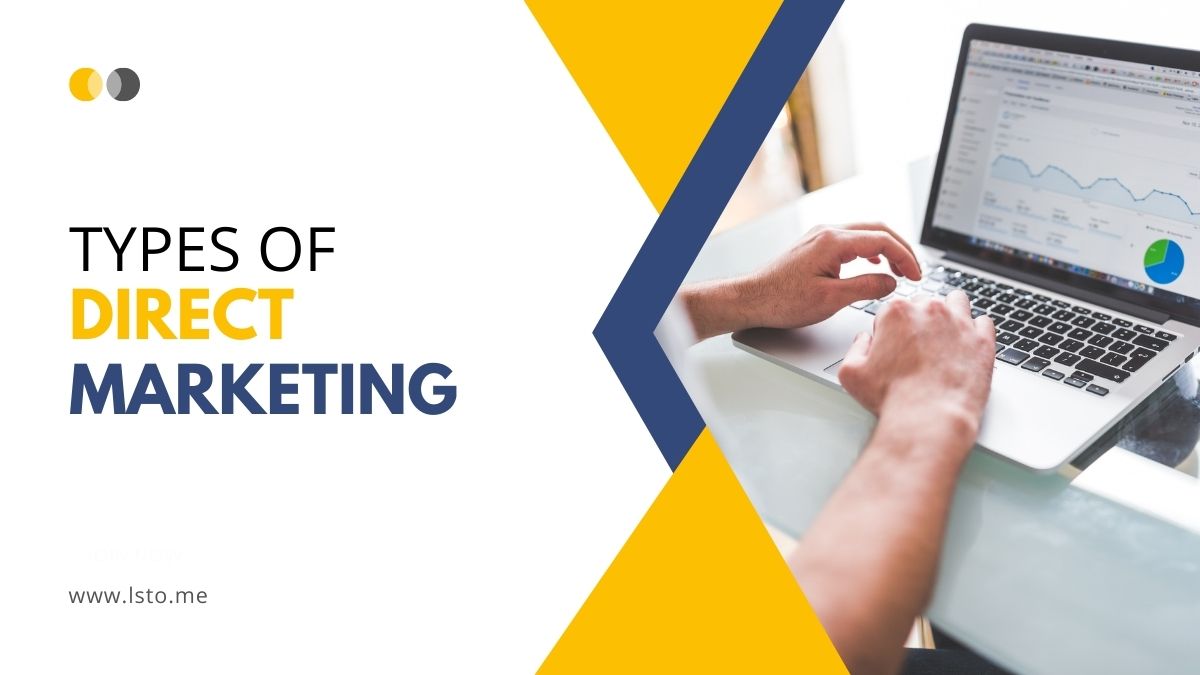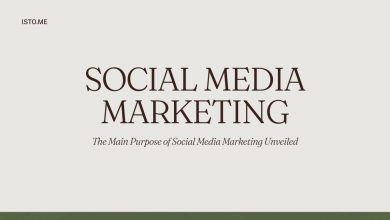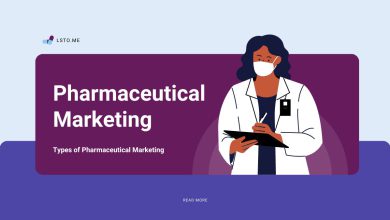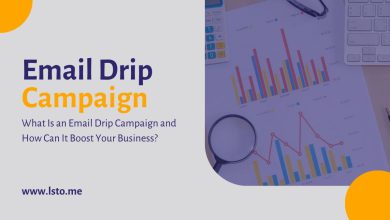
In an ever-evolving marketing environment, businesses are constantly looking for effective ways to engage with their target audience. A strategy that has worked well over the years is direct marketing. Direct marketing allows businesses to reach potential customers directly and send personalized messages to their inbox, inbox, or phone. In this blog post, we explore the different types of direct marketing and how businesses can use them to effectively engage with their target audience.
1. Direct Mail Marketing
Direct mail marketing is an extremely effective form of direct marketing that involves sending promotional materials or offers directly to the physical mailboxes of your target audience. This traditional form of advertising allows companies to reach customers in a tangible and personal way, making their messages more likely to be noticed and acted upon. With the advent of digital marketing, some may question the relevance of direct mail, but research shows it’s still a powerful and profitable strategy.
One of the main benefits of direct mail is the ability to target a specific audience. By using data analytics and customer segmentation techniques, companies can identify their ideal customers and tailor their mailing lists accordingly. This targeted approach ensures the right message gets to the right person at the right time and increases the chances of generating leads and conversions.
2. Email Marketing
Email marketing is a highly effective form of direct marketing that delivers targeted messages and promotions directly to recipients’ inboxes. With the advent of digital communication, email has become an essential tool for businesses to connect with customers. It allows businesses to engage with audiences on a more personal level, delivering relevant content and offers directly to their doorsteps.
One of the greatest advantages of email marketing is its cost-effectiveness. Email marketing campaigns reach a larger audience at a fraction of the cost than traditional forms of advertising such as print ads or TV ads. This makes it ideal for small businesses or start-ups on a budget looking to maximize return on investment.
Additionally, email marketing offers unprecedented precision in targeting specific customer segments. Companies can gather valuable data about subscribers’ preferences and behaviors, thereby personalizing their messages accordingly.
3. Telemarketing
Telemarketing, a form of direct marketing, has long been a popular way for businesses to reach out and connect with potential customers. By using the phone as a method of communication, telemarketers can directly engage with potential customers and get instant answers. This real-time interaction is very beneficial as it enables businesses to resolve any issues or concerns promptly, providing better customer service and increasing sales opportunities.
A major benefit of telemarketing is the ability to personalize your contacts. Unlike other forms of advertising such as email or social media advertising, telemarketing allows for a more personal approach, allowing sales reps to tailor the conversation to each prospect’s unique needs and preferences. This personalized touch helps build trust and create stronger relationships between businesses and customers.
Also, telemarketing offers an advanced degree of control over the deals process compared to other marketing ways.
4. SMS Marketing
SMS marketing is an important and effective form of direct marketing that involves transferring targeted textbook dispatches to guests’ mobile bias. With the added use of smartphones, SMS marketing has come an essential strategy for businesses to engage with their target followership in a substantiated and immediate manner. By using this type of direct marketing, companies can reach guests directly on their most particular device – their phones.
One of the main advantages of SMS marketing is its high open rate. Unlike dispatch marketing, where emails frequently go unopened or end up in spam flyers, textbook dispatches have an average open rate of 98. This means that nearly all donors will read the communication they admit on their mobile bias. With such a high position of engagement, businesses can insure that their promotional offers or important information are seen by a large chance of their client base.
Likewise, SMS marketing allows for largely targeted juggernauts.
5. Personalized Online Advertising
Substantiated online advertising has revolutionized the way businesses connect with their target followership. By using digital platforms and exercising data-driven strategies, this form of direct marketing allows companies to deliver acclimatized announcements directly to consumers. With the capability to dissect stoner geste, demographics, and preferences, substantiated online advertising ensures that each individual receives advertisements that are specifically applicable to their interests and requirements.
One of the crucial benefits of substantiated online advertising is its capability to increase client engagement. Unlike traditional forms of marketing where general dispatches are broadcasted to a wide followership, substantiated advertisements produce a sense of connection between brands and consumers by addressing their specific wants or pain points. Through advanced algorithms and machine literacy ways, advertisers can identify patterns in stoner geste and serve up largely targeted advertisements that reverberate with individualities on a deeper position.
Still, critics argue that substantiated online advertising raises enterprises about sequestration and data security.
6. Social Media Marketing
Social media marketing has revolutionized the way businesses connect with their target followership. By using popular social media platforms similar to Facebook, Instagram, and Twitter, companies can directly engage with implicit guests in a way that traditional advertising styles simply can not match. This type of direct marketing allows businesses to make connections with their followership by participating in precious content, answering questions, and addressing enterprises in real-time.
One of the crucial benefits of social media marketing is its capability to reach a large number of people at formerly. With billions of active druggies on social media platforms worldwide, businesses have to connect with a vast followership from colorful demographics and geographic locales. also, through targeted advertising options available on these platforms, companies can ensure that their communication reaches the right people at the right time.
Another advantage of social media marketing is its cost-effectiveness compared to other forms of advertising.
7. Direct Response Television (DRTV)
Direct Response TV( DRTV) is a largely effective type of direct marketing that uses TV commercials to induce an immediate response from observers. Unlike traditional television announcements, DRTV commercials are designed to provoke an instant action from the followership, similar to making a purchase or reaching the advertiser directly. This important advertising fashion has been gaining fashionability in recent times due to its capability to engage and allure consumers while furnishing them with an accessible way to respond.
One of the main advantages of DRTV is its capability to directly measure the success of a crusade. Advertisers can track the number of responses generated by their commercials through devoted phone lines or unique website URLs handed in the announcement. This allows them to calculate their return on investment( ROI) and make informed opinions about unborn marketing strategies.
Conclusion
Direct marketing offers businesses a powerful tool to engage with their target audience on a personal level. By leveraging different types of direct marketing, businesses can reach potential customers directly, deliver personalized messages, and drive immediate responses. From direct mail and email marketing to telemarketing, SMS marketing, personalized online advertising, social media marketing, and DRTV, each type of direct marketing has its unique advantages and applications. By understanding the strengths of each channel and aligning them with the target audience’s preferences, businesses can create effective direct marketing campaigns that generate engagement, conversions, and long-lasting customer relationships.




